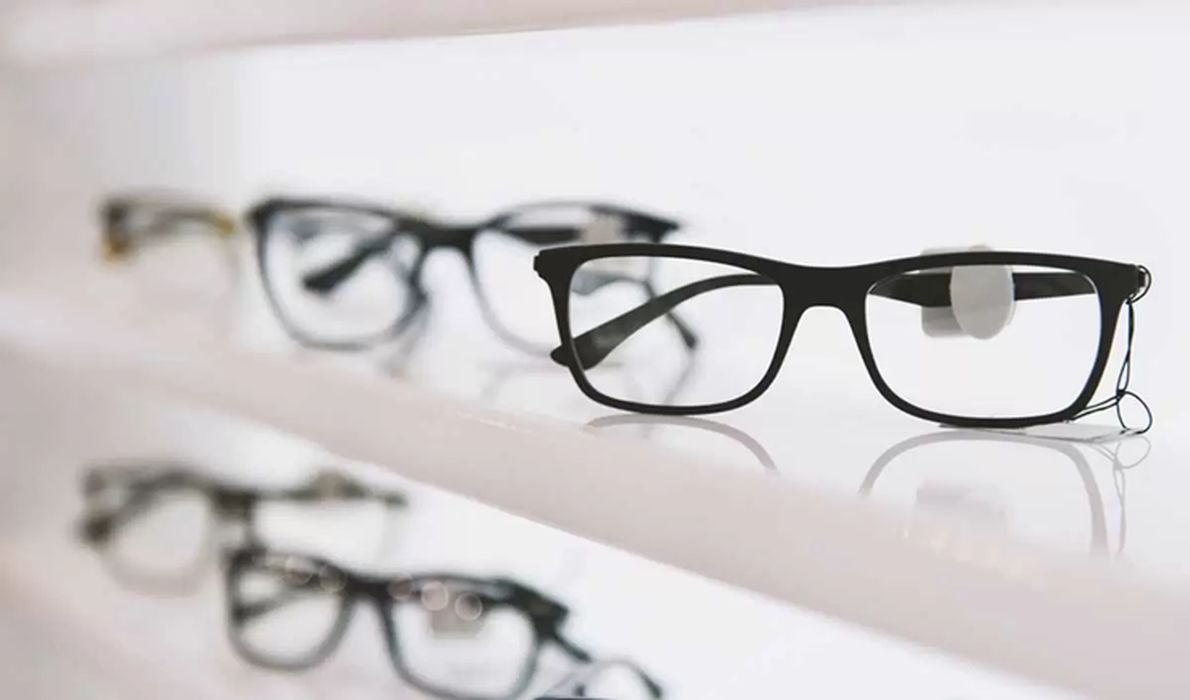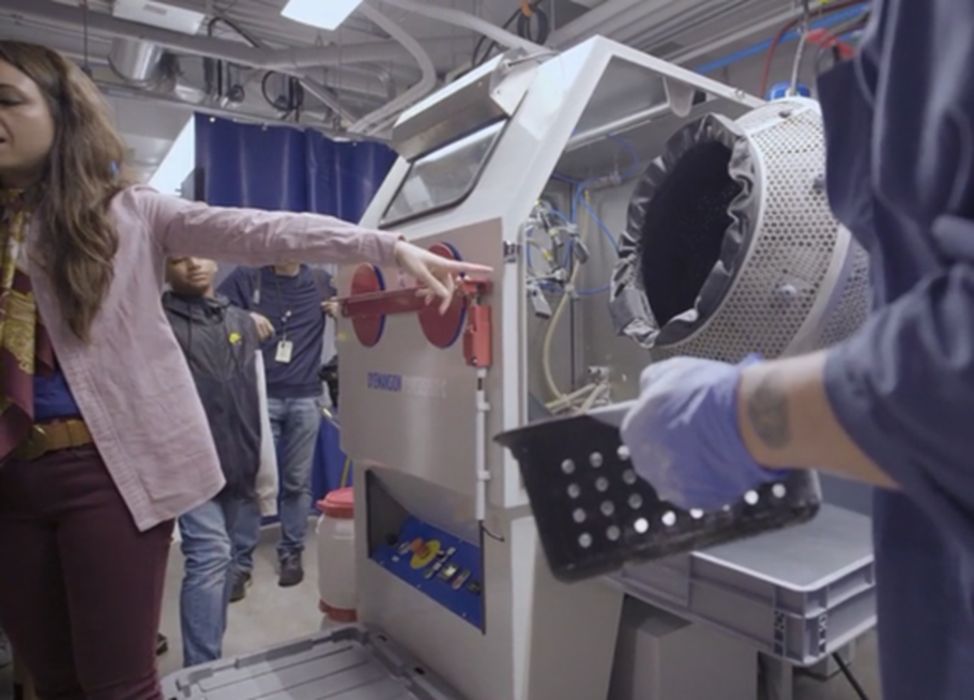
Charles R. Goulding and Preeti Sulibhavi explore EssilorLuxottica’s acquisition of Nuance Hearing and how 3D printing can be a valuable asset for product development.
For seniors, often a need for prescription lenses is accompanied by some hearing impairments. Wearing glasses and hearing aids together can be bulky and not aesthetically pleasing. The combination of wearing spectacles and hearing aids is sometimes referred to as “specaids,” and has been the source of various design attempts at coordinating both assistive devices. That is until EssilorLuxottica, the leading eyewear brand, decided to expand into the acoustic technology space.
In late 2022, EssilorLuxottica acquired Israeli start-up, Nuance Hearing, and is developing eyewear that is actually fitted with acoustic beamforming technology. This is an eye-opening development for many seniors who have had to find creative ways to fit both devices on their heads.
Where the temples of eyeglasses were once obstacles to comfortably wearing traditional hearing aids, now, thanks to EssilorLuxottica and Nuance, the combination can work in symbiosis to the wearer’s benefit. Nuance’s acoustic beamforming technology will be subtly embedded into the lenses of the glasses, making the product the first of its kind to feature a no-show hearing aid. The brand hopes to reduce the stigma of traditional hearing solutions.
With the plethora of brands that EssilorLuxottica owns and its strong brick-and-mortar presence, it should be even easier for those who need both assistive devices to access this product more conveniently.
Nuance’s beamforming technology reduces background noise by focusing on sounds emanating from multiple focal points. It then automatically selects and switches between one or multiple sound sources with the highest acoustic energy, which allows wearers to hear the dominant speaker in a crowded room or in a personal conversation.
The company says its technology captures, processes, and plays back sounds at a record speed of 6.25 milliseconds, ensuring that “the listener does not even miss the first syllable at the beginning of the sentence.”
3D Printing and Assistive Devices

The Nuance acquisition has been the largest transaction in the last year or so, with personal importance to the company. Former founder and CEO of Luxottica, Del Vecchio, had complained about the uncomfortable and displeasing nature of wearing both eyeglasses and hearing aids. This is a tribute to his innovative design legacy in the eyewear space.
“Hear” is where 3D printing can assist in this combined effort. The key to comfortable and less apparent hearing aids is to reduce the size and increase comfort. 3D printers can fabricate pieces that have complex designs (topographies that optimize space and ear design more efficiently) which can better fit into the temples (the parts of eyeglasses that go over the ears) the eyeglasses fitted to the wearer’s face and ears.
Nuance’s acoustic beamforming technology is a signal processing technique, capable of focusing on sounds (acoustic signals) coming from a certain direction, relative to the other directions.
The algorithm creates a gap in the volume between the sounds from the preferred direction and the background noise, hence reducing background noise and vocal distractions. This allows tracking the dominant speaker even in motion (e.g., a presenter or teacher), or automatically switching between speakers in a multi-participant conversation.

We have already covered eyewear brands that utilize 3D printers for fashionable, customized spectacles such as Fitz Frames. But, in successfully fabricating assistive devices designed for eyewear, the complex design and material compatibility must be optimized. We believe 3D printers can achieve these results. 3D printers have been used to create sensitive and delicate items like eyewear, contact lenses, and semiconductor chips, which all require tiny elements with complex, flexible designs. We can see 3D printers helping to create flexible components of eyeglasses, specifically the temples, that can still support Acoustic’s hearing aid technology.
The Research & Development Tax Credit
The now permanent Research and Development (R&D) Tax Credit is available for companies developing new or improved products, processes and/or software.
3D printing can help boost a company’s R&D Tax Credits. Wages for technical employees creating, testing and revising 3D printed prototypes can be included as a percentage of eligible time spent for the R&D Tax Credit. Similarly, when used as a method of improving a process, time spent integrating 3D printing hardware and software counts as an eligible activity. Lastly, when used for modeling and preproduction, the costs of filaments consumed during the development process may also be recovered.
Whether it is used for creating and testing prototypes or for final production, 3D printing is a great indicator that R&D Credit eligible activities are taking place. Companies implementing this technology at any point should consider taking advantage of R&D Tax Credits.
Conclusion
Wearing assistive devices is no longer embarrassing or uncomfortable. Combining both eyewear and hearing aids, EssilorLuxottica and Nuance Hearing have created a product that meets both needs while still being fashionable. 3D printers can handle the complex designs and flexible materials required for the components of these functional yet fashionable eyeglasses.
